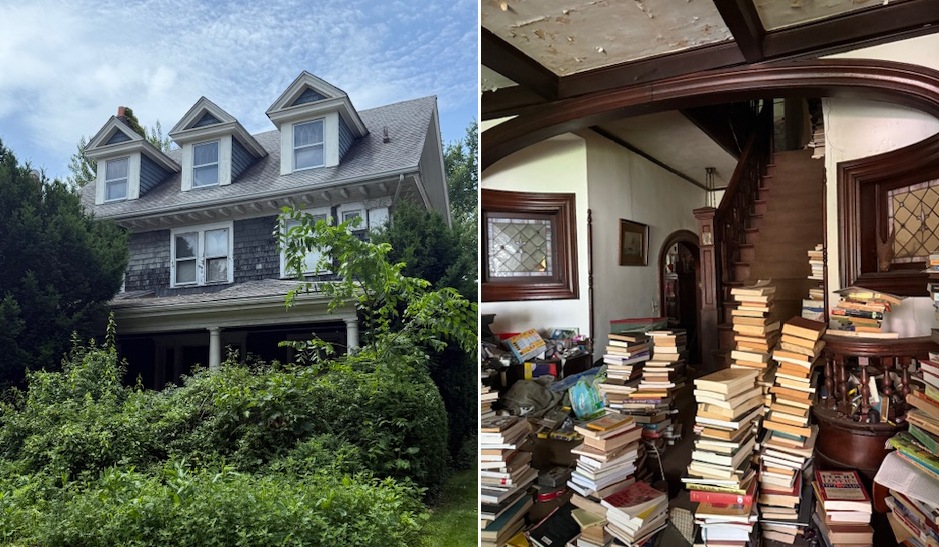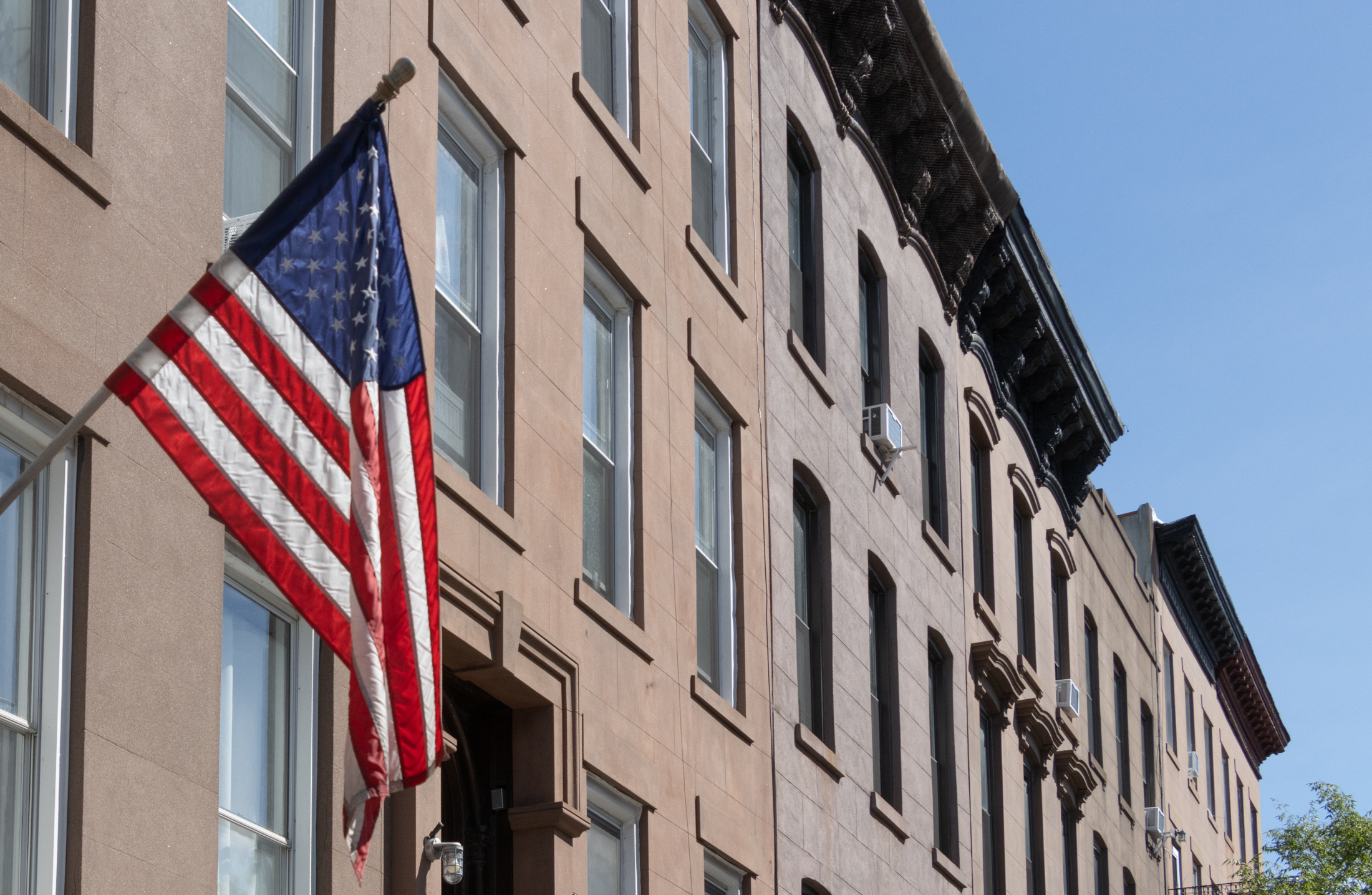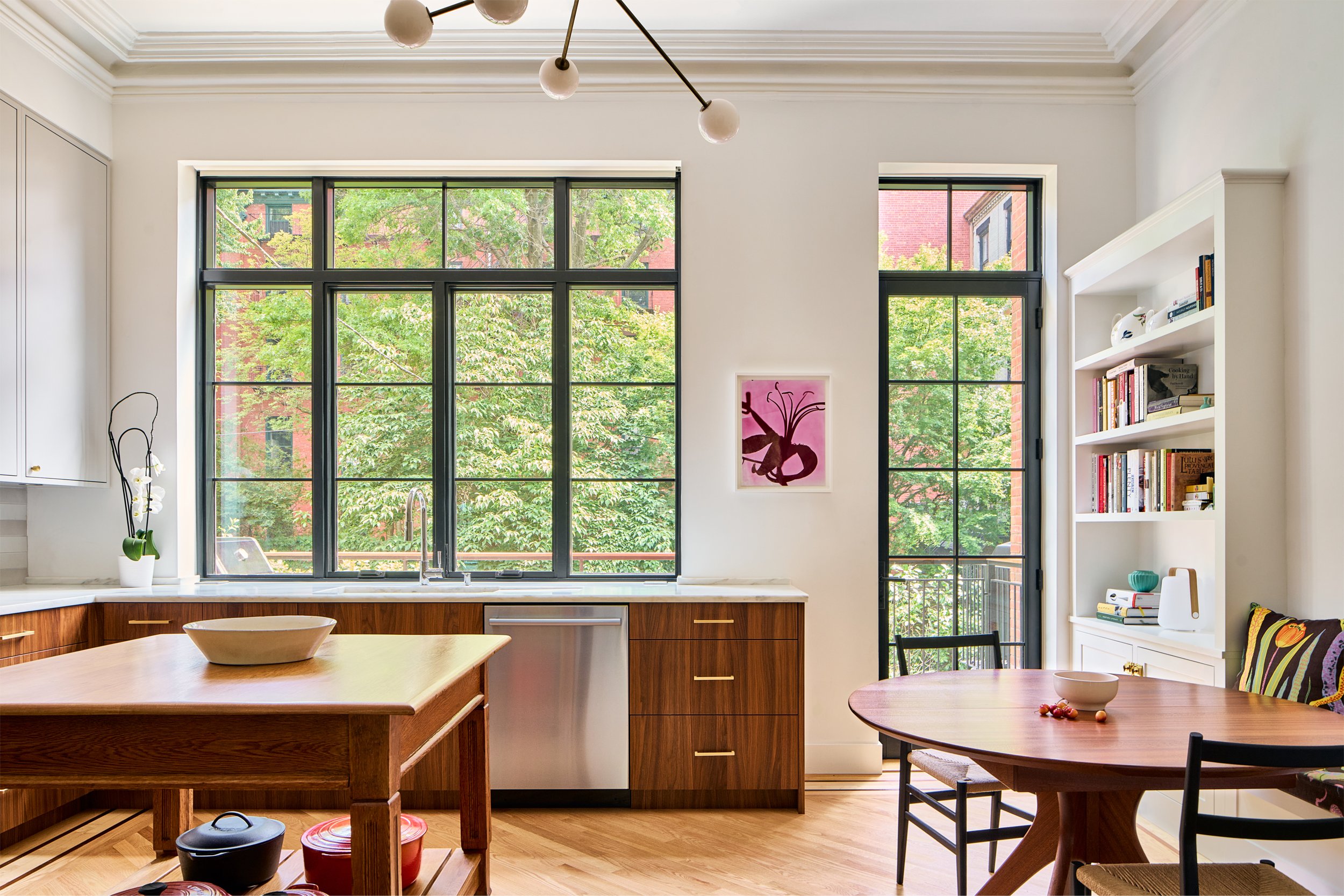PLG's Maple Street School in Talks With Glassy Tower
Children are an increasing population in Brooklyn, sometimes sparking a culture war that’s feeling a bit stale, but more importantly putting a strain on pre-school programs. Prospect-Lefferts Gardens’ Maple Street School, operating out of the Prospect Park B/Q/S station, is no exception, with a waiting list up to 100 children that’s bound to grow if…


Children are an increasing population in Brooklyn, sometimes sparking a culture war that’s feeling a bit stale, but more importantly putting a strain on pre-school programs. Prospect-Lefferts Gardens’ Maple Street School, operating out of the Prospect Park B/Q/S station, is no exception, with a waiting list up to 100 children that’s bound to grow if developer Henry Herbst builds his planned tower next door. But Maple Street board member Marc Dicus said he hopes the tower will also give the school a chance to expand. The two parties are in talks, said Herbst and Dicus, for Maple Street to lease the tower’s 23,000-square-foot community facility. “We’re in just very intial conversations with him about being interested in that space,” said Dicus. “We’re a nursery school and we may not be able to go on the second floor; we may only be allowed on a ground floor. But if it’s feasible, we’d like to serve more kids.” He said the school would keep its subway station space, leased until 2015. Maple Street School takes children aged 2 to 5, but it’s licensed up to age 6. Director Wendy Cole said the additional space could give them room for a kindergarten program. Already, she said the co-operative school, started in 1978 by a group of parents, serves 80 families. The diverse group of kids can regularly be seen lined up, holding hands and wearing little matching vests, on their way to the zoo, Botanic Gardens, Audobon Center or Prospect Park. “There’s a shortage of pre-k programs in general,” said Dicus. “There’s just been a huge explosion of children going to school in the borough.” Do you think more new buildings should provide space for strained facilities?
There’s Not Enough Room in City’s Kindergartens [NY Mag]
Glassy Tower Bad News For Birds, Says Expert [Brownstoner]
Common Area Dispute Erupts Into Culture War at BellTel[Brooklyn Eagle]
Park Slope Stroller Nazi Story Getting a Little Stale[Brownstoner]





1:42, I agree that it is hard to fight “the public school culture battle” but your statement “it’s way tougher to gentrify or gain ground in a mostly black neighborhood.” Is untrue. Harlem, Fort Greene and Clinton Hill, all previously predominantly Black areas, seems to have gentrified as easily as Park Slope which was predominantly Puerto Rican and Black.
If Clinton Hill is any guide (and we all know it is the standard by which all others are judged) parents are more than willing to trust the public schools with their children in pre-k and kindergarten. After that it becomes more of a delicate dance around issues of race, class, and entitlement in negotiating with existing communities. Some principals seem up to the task, others not so much.
Of course that said, whether or not parents are comfortable with the public schools is irrelevant to the need for more pre-schools in every neighborhood.
And bo-bos – as in bourgeois bohemians?
1:09 still pre-k is not pre-school. and that is what this is addressing. personally, as a white yuppie, i would not move to that hood because i do not have the time to fight the public school culture battle. and, i think it’s way tougher to gentrify or gain ground in a mostly black neighborhood.
also, it’s too far for me anyway.
11:30 – you must oppose AY, as only an anti-AY nut would engage in the hairsplitting that you do.
great! now my canadian elk will have to skip over dead buzzards before going into class.
12:49,
public pre-k don’t take only late 4s. enrollment is based on the year the child was born. Also, most public pre-k programs in the PLG area are not over enrolled, just not desirable to a certain ilk.
good lord 11:46 – This was about PRE-SCHOOLS, not pre-K. My child entered pre-school when she turned 2 and will stay until kindergarten because 1) pre-k only takes late 4’s, and 2) most pre-k programs are filled to the brink.
great idea. good luck. more developers should do this.
great! now my buzzards will have to skip over dead kids from canada before going into class.
I bet you 11:46 is right and if he’s not we shouldn’t try to solve real problems with fictional buildings.